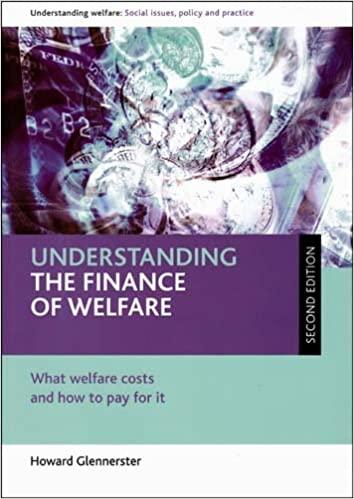Question
In October 2003, Warren Buffett, the Sage of Omaha and one of the shrewdest investors of all time, announced that over the past year his
In October 2003, Warren Buffett, the Sage of Omaha and one of the shrewdest investors of all time, announced that over the past year his company, Berkshire Hathaway, had made significant investments in other currencies.11 He said that he made these investments in the belief that the large and growing U.S. trade deficit would result in a steep decline in the value of the U.S. dollar. At the same time, Buffett offered a solution to Americas trade deficit. He proposed issuing what he called Import Certificates (ICs) to all U.S. exporters in an amount equal to their exports. Each exporter would, in turn, sell the ICs to domestic importers (or foreign exporters) seeking to get goods into the U.S. market. For example, to import goods worth $1 million, an importer would need to buy ICs that were the by-product of $1 million of U.S. exports. The inevitable result would be trade balance. Competition among importers would determine the price of the ICs. The market for ICs would be huge and liquid, insofar as the U.S. exports about $80 billion in goods each month. Buffett acknowledged that his remedy was a tariff called by another name but insisted that it retained most free-market virtues, neither protecting specific industries nor punishing specific countries. He also explained that the U.S. government could introduce a transition period by auctioning a declining amount of bonus ICs every month for a period of several years. Questions 1. In what way is Warren Buffetts plan the equivalent of a tariff? What would be its likely impact on American consumers? 2. What would be the likely effect of Mr. Buffetts plan on U.S. exports? 3. How would Buffetts plan likely affect saving, investment, and interest rates in the United States? The value of the U.S. dollar? 4. How would the bonus ICs affect the U.S. trade deficit? 5. Buffetts plan focuses on the U.S. trade deficit. What would be its likely impact on the U.S. current-account deficit? 6. What are some possible costs of Buffetts plan?
Step by Step Solution
There are 3 Steps involved in it
Step: 1

Get Instant Access to Expert-Tailored Solutions
See step-by-step solutions with expert insights and AI powered tools for academic success
Step: 2

Step: 3

Ace Your Homework with AI
Get the answers you need in no time with our AI-driven, step-by-step assistance
Get Started


